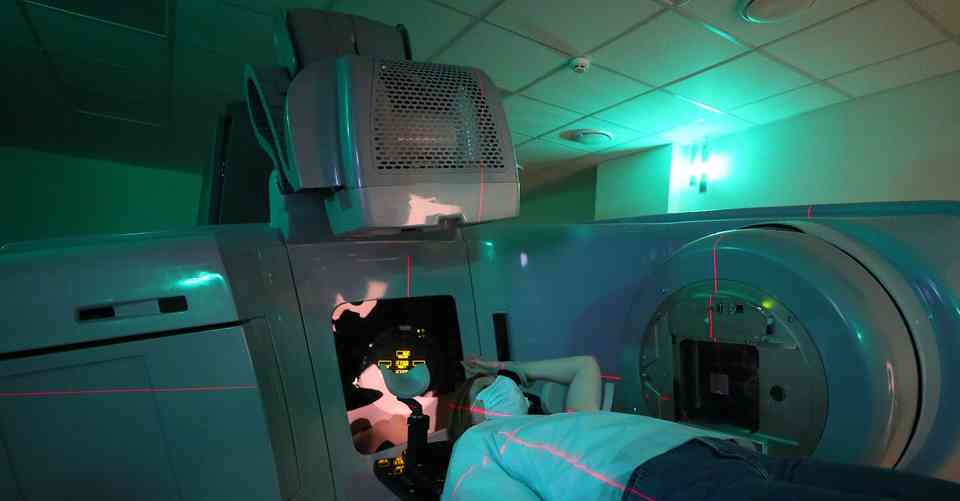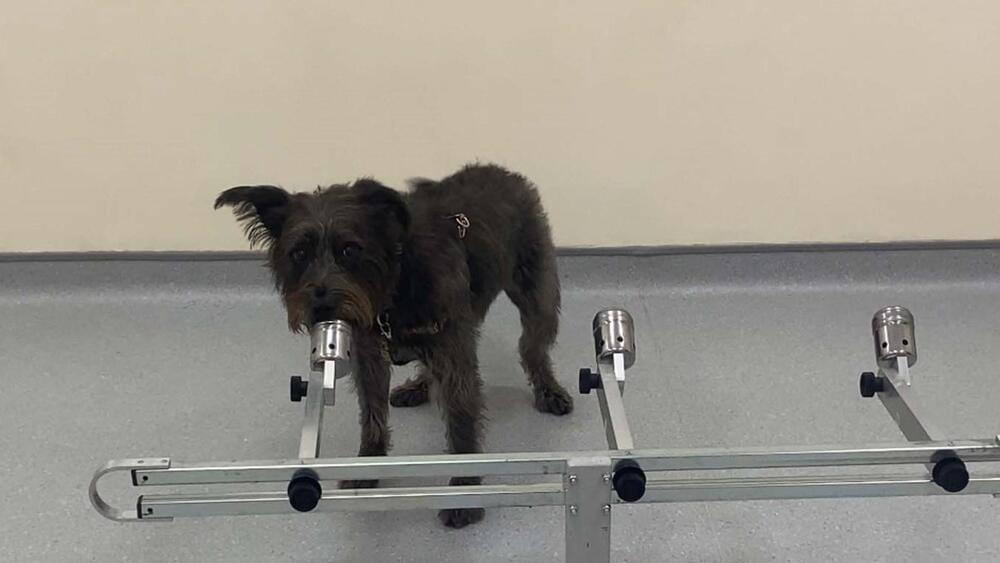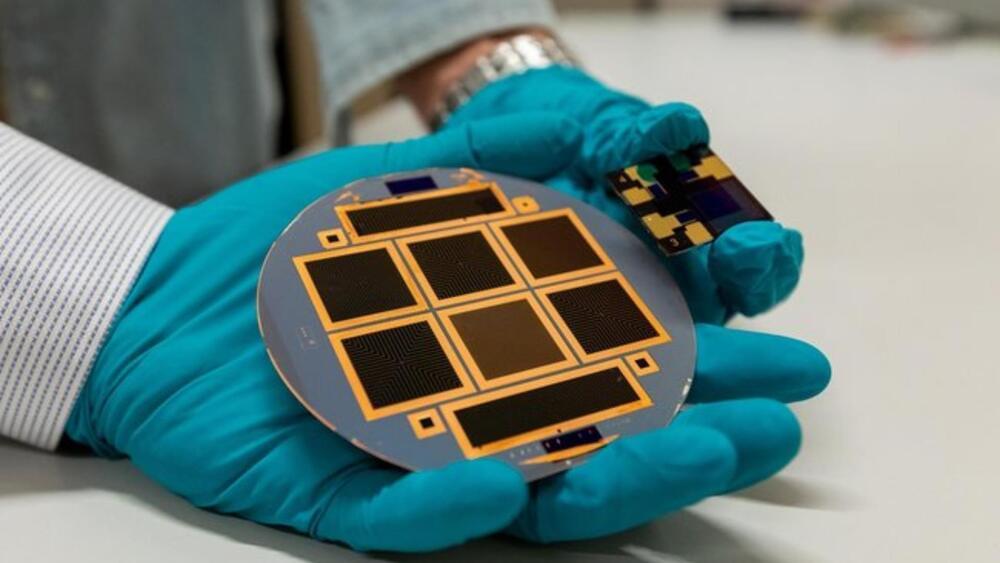A new cancer therapy that uses a modified herpes virus to attack tumor cells showed promise in early clinical trials abroad.
The drug, called RP2, completely obliterated one patient’s oral cancer. The 39-year-old told the BBC that he had cancer of the salivary glands, which continued to grow despite attempts at treatment.
He was preparing for the end of his life when he learned about the experimental drug, which was available through a phase one safety trial at the Institute of Cancer Research in the UK.








